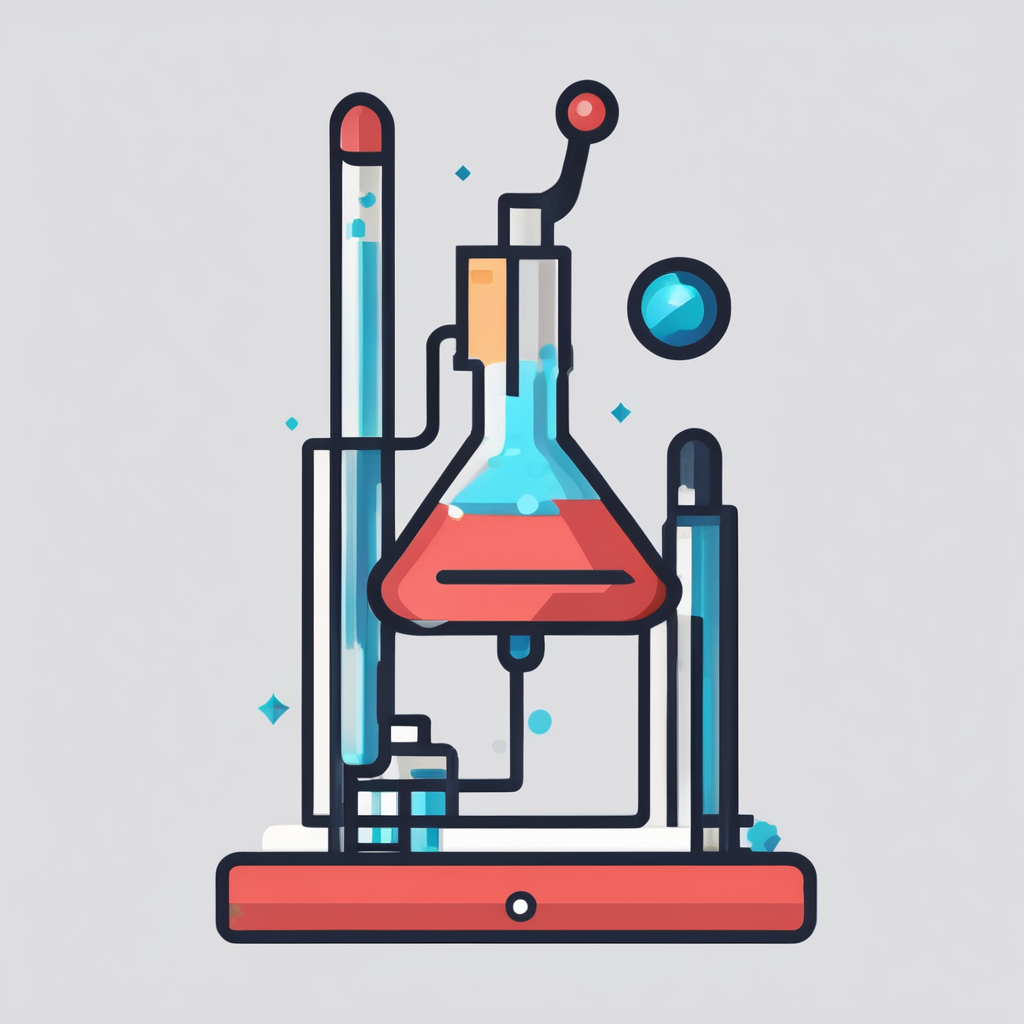Overview of NPC Animation in Game Development
Non-Player Character (NPC) animation is a cornerstone in the creation of immersive open-world games. Realistic animations immerse players in the game environment, enhancing the overall experience. The evolution of NPC animation techniques has significantly impacted game development, as developers strive to create lifelike and believable interactions.
Traditionally, animating NPCs presented numerous challenges. Earlier methods relied heavily on manual animation, which involved painstakingly crafting each movement. This was time-consuming and often resulted in limited animations that felt repetitive and unrealistic. The need for more dynamic and varied NPC behavior has driven advancements in animation technology.
Also to see : Exploring lively wildlife realms: utilizing real-time biome insights for interactive ecosystem simulations in gaming
The introduction of techniques such as motion capture and procedural animation has revolutionized how developers approach NPC animation. Motion capture allows developers to capture real human movements, translating them into digital animations. This results in smoother and more natural character movements. On the other hand, procedural animation utilizes algorithms to generate animations in real-time, adapting to the player’s actions and the environment.
These technological advancements have made open-world games more engaging, providing a realistic and interactive experience. Developers continue to push the boundaries, integrating artificial intelligence to produce NPCs that respond dynamically, further blurring the line between the digital and real worlds.
Also read : Revolutionizing platformer games: harnessing neural networks for smart, adaptive enemy ai
Understanding Machine Learning in Animation
The use of machine learning in animation leverages revolutionary techniques to create captivating visuals and movements. This integration allows animators to develop more complex scenes and lifelike characters.
Fundamentals of Machine Learning
Machine learning underpins the advancement of animation by automating and enhancing various aspects of creation. At its core, it involves statistical models that enable computers to learn from data patterns without explicit programming. Two main types of learning bolster the animation process: supervised learning, which uses labeled data to predict outcomes, and unsupervised learning, which finds hidden patterns or intrinsic structures from unlabeled data.
Key Algorithms for Animation
Several algorithms are key in animation, fostering the creation of realistic movements. For instance, neural networks are pivotal for learning and simulating human and animal motion. Meanwhile, generative adversarial networks (GANs) are employed to generate and improve textures and lighting effects in animation scenes, creating a more immersive experience.
Tools and Frameworks for Implementation
Integrating machine learning into animations involves various tools and frameworks that facilitate this complex process. TensorFlow and PyTorch are popular choices, providing robust libraries to design, train, and deploy machine learning models efficiently. These tools support animators by streamlining workflow and enriching animation with innovative artificial intelligence capacities.
Practical Techniques for Implementing Machine Learning
Introducing machine learning into NPC animation invites a new wave of realism and interactivity. Here is a step-by-step guide to effectively utilizing machine learning in your projects:
-
Data Gathering: Compile diverse motion data, essential for training models that mimic real-world movements. Opt for datasets rich in environmental and behavioural contexts to enhance animation quality.
-
Model Selection: Choose a machine learning model tailored for animation tasks, focusing on algorithms like recurrent neural networks (RNNs) or generative adversarial networks (GANs) for fluid motion synthesis.
-
Training the Model: Feed your curated dataset into the model, fine-tuning hyperparameters to ensure the model learns the intricacies of human-like motion and interactions.
-
Integration: Seamlessly integrate the trained model into your existing animation workflow. This might involve synchronizing with your game engine’s architecture and ensuring compatibility with other systems like physics engines.
Successful case studies, like that of “OpenAI’s NPC in ‘Shadow of the Colossus’”, demonstrate the value of machine learning implementations in gaming. NPCs exhibited enhanced adaptive behaviours, making gameplay experiences more immersive.
For smooth integration, consider incremental implementation. Start small and gradually extend machine learning’s scope, enabling your team to acclimate to new technologies and processes without overwhelming existing structures.
Challenges in Machine Learning for NPC Animation
Creating lifelike non-playable character (NPC) animations using machine learning comes with its own set of challenges. These challenges range from data requirements to maintaining animation fluidity.
Common Issues Faced
Several common issues hinder progress in NPC animation. A significant challenge is dealing with noise in datasets which often leads to inaccurate predictions. Moreover, data requirements can be overwhelming; models necessitate vast amounts of diverse data to learn reliably. Another issue stems from training data, where poor quality or insufficient data can drastically impact model performance, leading to unrealistic or repetitive animations.
Best Practices for Overcoming Challenges
Implementing solutions involves enhancing both data and models. Ensuring high-quality, well-annotated training data is critical. Data augmentation techniques can further enrich the dataset, balancing and increasing diversity. Improvements in model architecture, such as leveraging advanced neural networks, can also significantly boost performance, creating more dynamic and realistic NPC animations.
Future Trends in NPC Animation
The landscape of NPC animation is set to evolve with emerging technologies. Quantum computing and advanced AI allow the processing of larger datasets, improving animation realism. Additionally, methods like transfer learning show promise by allowing models to adapt from existing data. These advancements provide solutions to current challenges, paving the way for increasingly sophisticated NPC animation.
Measuring Success and Engagement
Understanding how player engagement connects to animation success is crucial in game development. Metrics offer a clear way to evaluate the effectiveness of NPC animations. Key metrics include time spent interacting with NPCs, player return rates, and the frequency of repeated engagements, helping developers understand how animations hold player interest.
In the real world, advanced animation techniques have significantly improved player engagement. For example, games like “The Last of Us” and “Red Dead Redemption II” stand out for their lifelike NPC animations. These animations have created richer interactive environments, leading to longer play sessions and increased player satisfaction. Such enhancements in NPC behavior bridge the gap between engaging storylines and memorable gaming experiences.
Player feedback plays a pivotal role in refining NPC behaviors and animations. By listening to players, developers can identify areas where animations need improvement, thus tailoring the experiences to meet player expectations. This iterative process ensures that animations not only capture attention but keep players coming back.
As developers rely on metrics, real-world successes, and player feedback, they continue to push the boundaries of what’s possible in NPC animation, thus enhancing the overall gaming experience.
Conclusion: The Future of NPC Animation with Machine Learning
The world of NPC animation is on the brink of transformation, driven by future trends and innovation, particularly in machine learning.
Innovations on the Horizon
As technology progresses, we anticipate significant advancements in NPC animation. Machine learning algorithms are set to revolutionise how NPCs interact with players. By analysing vast amounts of data, these systems learn from complex behaviours, making NPC reactions more dynamic and realistic. This innovation allows for a broader range of responses and adaptability in gaming environments.
Predictions for the Next Generation of NPCs
With ongoing developments in machine learning, predictions indicate that future NPCs will exhibit enhanced emotional intelligence. They might understand player emotions more accurately, offering a customised gaming experience. This shift could meet evolving player expectations for immersive gameplay, elevating the standards for interactive narratives.
Encouraging Experimentation in Animation
Machine learning in NPC animation empowers developers to explore novel techniques, encouraging experimentation. By liberating designers from traditional restraints, it promotes creativity and unique approaches in character design. Speculative advancements in AI might lead to unexpected, innovative developments, influencing how players perceive and engage with virtual worlds. Embracing these trends can significantly enhance player experiences and fortify the gaming industry’s future.






